Author: Dr. Douglas Adjepong-
CEO of Graduate Turns Professional Academy (GTPA)
Website: www.grprofacademy.org
Date: 10th November 2024
Introduction
In today’s globalized job market, establishing a strong personal brand has become critical for career growth and attracting top-tier companies. Personal branding goes beyond merely showcasing skills or expertise—it’s about conveying a unique value proposition that sets you apart in a competitive landscape. Building a professional brand that appeals to high-caliber companies requires a clear strategy, consistency, and an understanding of market demands.
Understanding Personal Branding and Its Relevance
Personal branding is a strategic process of creating and managing an individual’s professional identity in a way that highlights unique strengths, experiences, and values. According to marketing professor Philip Kotler, personal branding is about “managing your name, values, and skills as an asset” (Kotler & Keller, 2016). In a global job market characterized by a high level of competition, a personal brand can make you a standout candidate by communicating not only your capabilities but also your reliability, work ethic, and alignment with industry trends.
Developing a Unique Value Proposition (UVP)
One of the most crucial elements of personal branding is identifying and promoting a unique value proposition (UVP). The UVP should succinctly express what sets you apart from others with similar qualifications. According to a study by Rampersad (2008), individuals with a strong UVP are better positioned to attract high-level opportunities because they demonstrate specialized knowledge and capabilities. To construct a compelling UVP:
• Assess Personal Strengths: Identify key skills, experiences, and achievements that are both relevant to your industry and difficult for others to replicate (Shepherd, 2019).
• Target Audience Alignment: Align your UVP with the needs and values of the companies you aim to attract (Hunt et al., 2021).
Building a Professional Online Presence
A well-crafted online presence is vital to building credibility and visibility. LinkedIn is the primary platform for professionals, with over 930 million users as of 2024, making it a potent tool for connecting with potential employers (LinkedIn, 2024). Effective strategies for enhancing an online professional presence include:
• Optimized Profile: Create a LinkedIn profile that highlights your achievements, skills, and UVP in a compelling way. Profiles with a professional photo receive 14 times more views and are 36 times more likely to receive messages (LinkedIn, 2024).
• Content Creation and Engagement: Sharing industry-relevant content, engaging with thought leaders, and participating in discussions positions you as a knowledgeable and engaged professional (Kim et al., 2020).
Networking and Relationship Building
Networking is a cornerstone of personal branding, as it provides opportunities to connect with industry professionals and decision-makers. According to Granovetter’s (1973) “strength of weak ties” theory, weak ties—connections outside one’s immediate network—can be more valuable than strong ties for job referrals and accessing diverse information. To build effective professional networks:
• Engage in Professional Events: Attend conferences, workshops, and webinars to meet people in your field and gain insights into emerging trends (Thompson, 2018).
• Establish Mentor Relationships: A mentor can provide personalized guidance, support, and introductions to other industry professionals (Ragins & Kram, 2007).
Consistent Brand Communication and Visibility
For branding to be impactful, consistency is key. Every professional interaction should reflect your personal brand, from email communications to social media updates. Research indicates that consistent brand communication increases perceived reliability and trustworthiness (Aaker, 1997). To ensure brand consistency:
• Align Messaging Across Platforms: Use similar language, tone, and visuals on all professional platforms to reinforce your UVP (Aaker, 1997).
• Monitor Online Reputation: Use tools like Google Alerts to keep track of mentions, and respond promptly to both positive and negative feedback (Kaplan & Haenlein, 2010).
Demonstrating Thought Leadership
Establishing yourself as a thought leader in your industry enhances credibility and attractiveness to competitive companies. Thought leadership can be achieved by sharing unique insights and perspectives that add value to your industry. Edelman’s Thought Leadership Impact Study (2020) found that 47% of decision-makers were more likely to hire candidates perceived as thought leaders. Strategies to develop thought leadership include:
• Publishing Articles and Blogs: Write on relevant industry topics to showcase your expertise and stay visible (Graham & Havens, 2019).
• Speaking Engagements and Webinars: Participate as a speaker or panelist in industry events to establish authority and build a reputation (Katz, 2020).
Adaptability to Market Trends and Skills Development
Continuous learning and adaptability are essential in a dynamic job market. Employers increasingly seek candidates with a growth mindset who demonstrate the capacity to adapt to technological advances and evolving industry standards (Dweck, 2016). Key ways to stay competitive include:
• Upskilling and Reskilling: Take advantage of online courses and certifications that keep you current with industry standards and practices (Coursera, 2024).
• Tracking Industry Trends: Follow reputable sources and analysts to anticipate shifts and proactively acquire new skills (McKinsey & Company, 2021).
Conclusion
In today’s interconnected and competitive job market, establishing a strong personal brand is fundamental to attracting competitive companies and advancing professionally. Personal branding involves a deliberate process of crafting and communicating a unique identity that aligns with professional goals. From building a professional online presence to demonstrating thought leadership and adaptability, the steps outlined above provide a strategic roadmap for career success.
Branding yourself in the professional workspace is not merely about self-promotion—it’s about showcasing your value, cultivating connections, and building a reputation that resonates with your target audience. By following these principles, you can enhance your employability, connect with leading industry professionals, and ultimately, attract the attention of top companies on a global scale.
References
1. Kotler, P., & Keller, K. L. (2016). Marketing Management (15th ed.). Pearson Education.
2. Rampersad, H. (2008). Authentic Personal Branding: A New Blueprint for Building and Aligning a Powerful Leadership Brand. Information Age Publishing.
3. Shepherd, D. A. (2019). Researching Entrepreneurial Opportunities: A Holistic Approach to Understanding Opportunity Creation and Exploitation. Palgrave Macmillan.
4. Hunt, A., et al. (2021). “Aligning your Value Proposition with Market Needs.” Journal of Marketing, 85(3), 45-60.
5. Kim, H., et al. (2020). “Digital Transformation and Branding in the Workplace.” Journal of Business Research, 117, 42-55.
6. Granovetter, M. S. (1973). “The Strength of Weak Ties.” American Journal of Sociology, 78(6), 1360-1380.
7. Ragins, B. R., & Kram, K. E. (2007). The Handbook of Mentoring at Work: Theory, Research, and Practice. Sage Publications.
8. Aaker, D. A. (1997). Managing Brand Equity: Capitalizing on the Value of a Brand Name. The Free Press.
9. Kaplan, A. M., & Haenlein, M. (2010). “Users of the World, Unite! The Challenges and Opportunities of Social Media.” Business Horizons, 53(1), 59-68.
10. Graham, S., & Havens, M. (2019). “Establishing Thought Leadership in a Digital World.” Digital Marketing Journal, 6(2), 15-28.
11. Katz, L. (2020). “The Power of Public Speaking in Personal Branding.” Communication Journal, 8(4), 78-82.
12. Dweck, C. S. (2016). Mindset: The New Psychology of Success. Ballantine Books.
13. Coursera. (2024). “The Future of Work: Upskilling and Reskilling.” Coursera Insights.
14. McKinsey & Company. (2021). The Future of Work after COVID-19. McKinsey Global Institute.
15. LinkedIn. (2024). “Building Your Professional Brand on LinkedIn.” LinkedIn News.
This article reflects the importance of strategic personal branding in today’s job market and aims to provide readers with an actionable framework to attract competitive companies effectively.
For further insights, please visit www.grprofacademy.org




